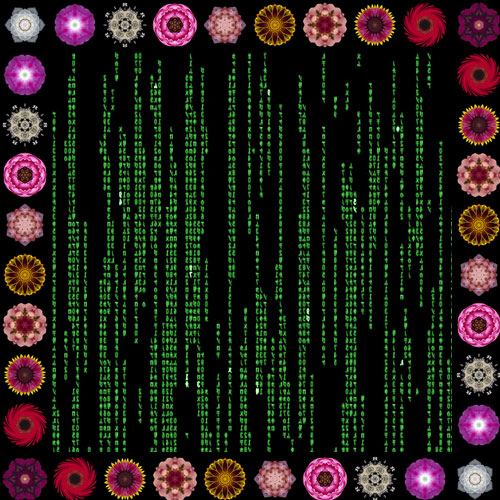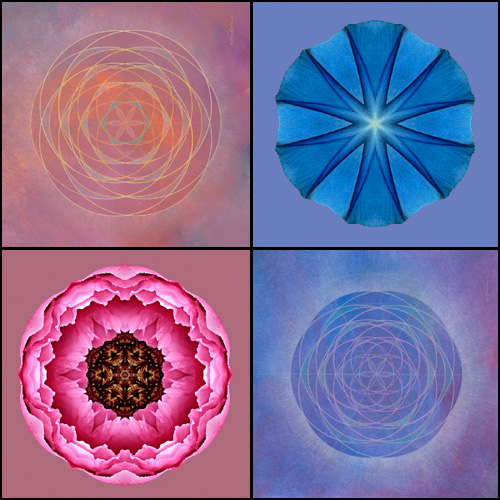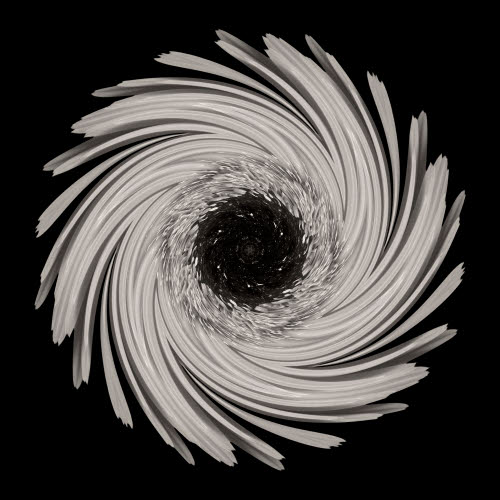
Do not try to bend the spoon; that’s impossible. Instead only try to realize the truth: There is no spoon. Then you’ll see that it is not the spoon that bends, it is only yourself.
– The Matrix
One hope I have for this blog and the accompanying Art, Healing, and Transformation discussion group is that it will become a place for people to share not only their experiences as makers of art, but also as consumers of it. As the authors of the excellent book Art and Fear point out, “In most matters of art it is more nourishing to be a maker than a viewer. But not in all matters…. Your reach as a viewer is vastly greater than your reach as a maker. The art you can experience may have originated a thousand miles away or a thousand years ago.” And that art, too, can be transformative.
In this spirit, I’d like to report on one piece of popular art that literally changed my life: the movie “The Matrix.”
At the time of the movie’s release in early 1999, I had recently won a medical malpractice lawsuit against doctors who had nearly killed me six years before. The moment of victory in the courtroom was a jubilant one. The jury’s award would be more than enough for me to move ahead in the areas of my life that had been sidelined by the injuries themselves and the long period of recuperation. Little did I know, however, in that triumphant moment the previous October, that my attorneys, who had worked so hard at gaining that victory, did so fully intending to make off not only with their 30%, but with all of it.
By the following March, I had already encountered another client of theirs whose money had similarly disappeared and realized that the multiple excuses for why my share of the award had not yet materialized were probably lies. My finger was poised on the “turn them in to the authorities” button, but it remained suspended in that position by their contention that the only way they could repay me the stolen money was by winning cases, and they could not win cases if they were disbarred or imprisoned. I was tormented both by an enormous sense of having been betrayed and by the knowledge that my attorneys, whom I had viewed as allies and saviors, were actually crooks who might, even as I waited in indecision, be robbing others as well.
I was paralyzed for about three weeks. Then, on a Saturday afternoon in the middle of April, I saw “The Matrix.”
I’d been wanting to see this film for a while. It looked, from the previews, like a terrific science fiction action film, one of my favorite genres, and I figured it would be a good distraction from my miseries. Little did I know that it’s effects on me would be life-altering.
The premise of the film is that in the distant future, intelligent machines have taken over the planet. They use human beings as their primary source of energy. To keep us complacent, they created a shared dream world (the “Matrix” for which the film is named), ruled by artificial intelligences. Early in the film the protagonist, Neo (played by Keanu Reeves), is invited to leave the Matrix and enter the real world, where those who are no longer under the machines’ spell carry on a battle for human liberation. A small band of rebels move at will between the two worlds, real and machine-made, attempting in both realms to wrest humanity from its enslavers. They believe there is one person who will lead them to freedom — the Moses of all enslaved humanity. Some of them think Neo might be “the One.”
About midway through the film, Neo goes to a woman believed to be an oracle, whom he hopes can tell him if he is actually the liberator the rebels think him to be. He visits her in her Matrix home, where he waits with several others, all of whom, we assume, might also be “the One.” There he meets an Asian boy who holds in his hand a spoon he is able to bend through telekinesis. Neo also tries to bend the spoon with his mind, but nothing happens. He looks to the boy, who tells him that the secret is, “There is no spoon.” There is no spoon because Neo, the boy, the room they are in, and the spoon itself are in a machine-generated illusion. Neo, armed with this insight, tries again and this time the spoon bends and flows to his will.
This epiphany is the turning point for Neo, who increasingly gains from it the strength to battle and destroy the powerful artificial intelligences that police the Matrix. The knowledge that the spoon and everything else around him are an illusion enables him to shape the machine dream. Illusion progressively gives way to reality. It is a gritty, terrible reality, but still it is better than living as human fuel for the machine rulers.
In that “there is no spoon” moment I had an epiphany as well. I realized that for months I had been living in a matrix that my attorneys and my own needs had created: the life I had imagined my lawsuit money would create for me. My attachment to this fantasy had enabled my attorneys to build their reverse-blackmail scheme and to imprison me in it. In the still-darkened theater I realized I’d given over to them my future. As I drove home from the mall, comparing my story to Neo’s (and in his story, too, there was betrayal), I understood that as long as I stayed in my attorneys’ matrix, played by their rules, I would never get my real life back, and probably not the money, either.
I understood, for the first time, that they had no intention of repaying me, and that the particular future I had imagined was not merely delayed but would never come to pass. The illusion of that new and improved life had a powerful allure that kept me trapped in victimhood. Like the inhabitants of the Matrix who preferred eating mush in the real world to dining on imaginary steak in the Matrix, it was better for me to be free and poor than to be a slave to the matrix my attorneys and my own attachment had created. Much later I learned that the money had never been mine. Seven days after I’d signed the documents that enabled my attorneys to deposit my insurance check, it was gone. But my life was still my own, and if I could not have precisely the future I’d imagined in that triumphant courtroom moment, I would have another.
I left the movie feeling elated. Regardless of whether I ever saw a nickel of my award, I was still free to take any of the almost infinite paths left to me. I did not have to remain ensnared in the mind-forged manacles of attachment. Shortly thereafter, I turned my attorneys in to the district attorney and the licensing board. It was my act of turning them in which ultimately led to their imprisonment and the return of at least some of the stolen money to most of their victims.
The lesson I learned from my experience of watching and interpreting “The Matrix” still resonates today. It has enabled me to put into practice a long-held desire for detachment from outcomes. Stubborn attachment had always hampered me, both in my creative work (the internalized editor trying to shape what I was creating for an audience before the words or images were half out) and in my daily activities and relationships. My Matrix epiphany has helped me to recognize that when I feel something “must” go a certain way, that way is only one of many possible and equally good outcomes, and that whatever outcome occurs is the one meant for me.
An Invitation to you
Watching “The Matrix” was a transformative experience, one of many that have come about through my consumption of art. I have been equally, if differently, altered by the writings of William Blake, various Star Trek episodes, certain children’s books, and numerous painters, photographers, songwriters, and composers too numerous to list.
When and how have you been transformed by art, and in what ways? I invite you to post your responses in the Art, Healing, and Transformation group and look forward to “seeing” you there.
More anon,
– David
Discussion:
How ‘The Matrix’ Changed My Life
Art, Healing, and Transformation group
Flower Mandalas Project group
© 2007, David J. Bookbinder

